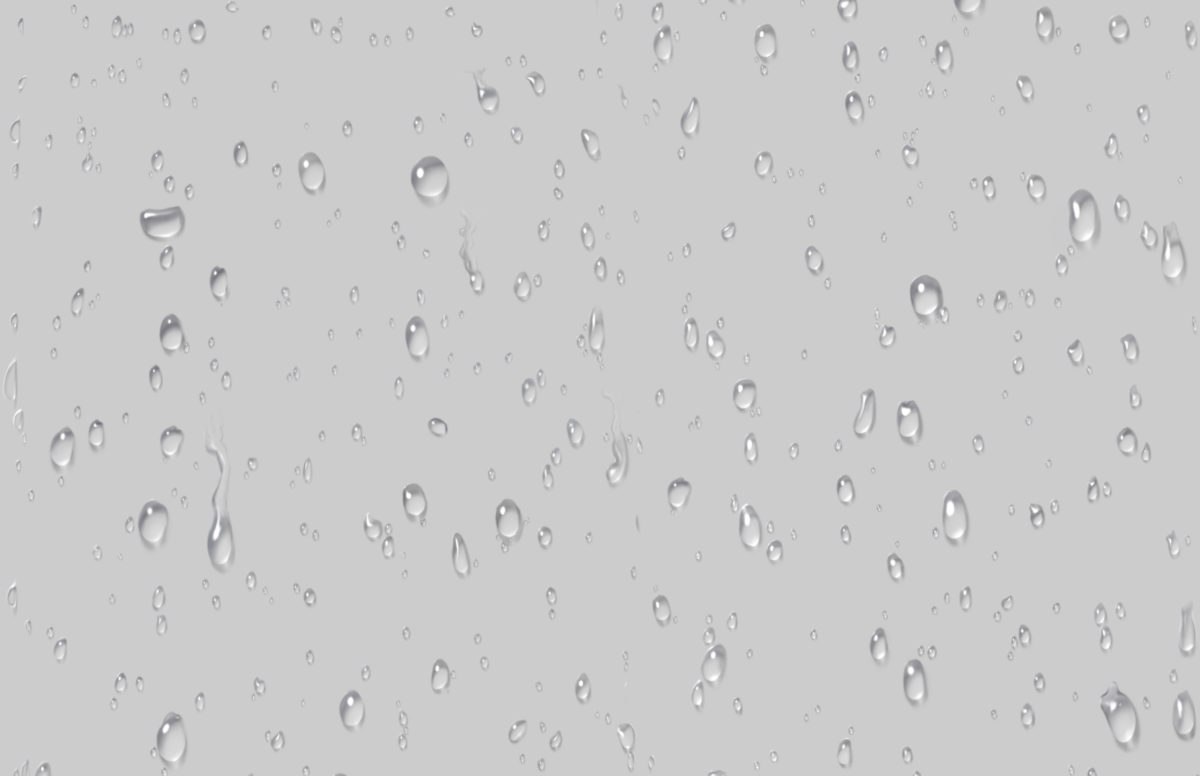INVESTIGATIONS
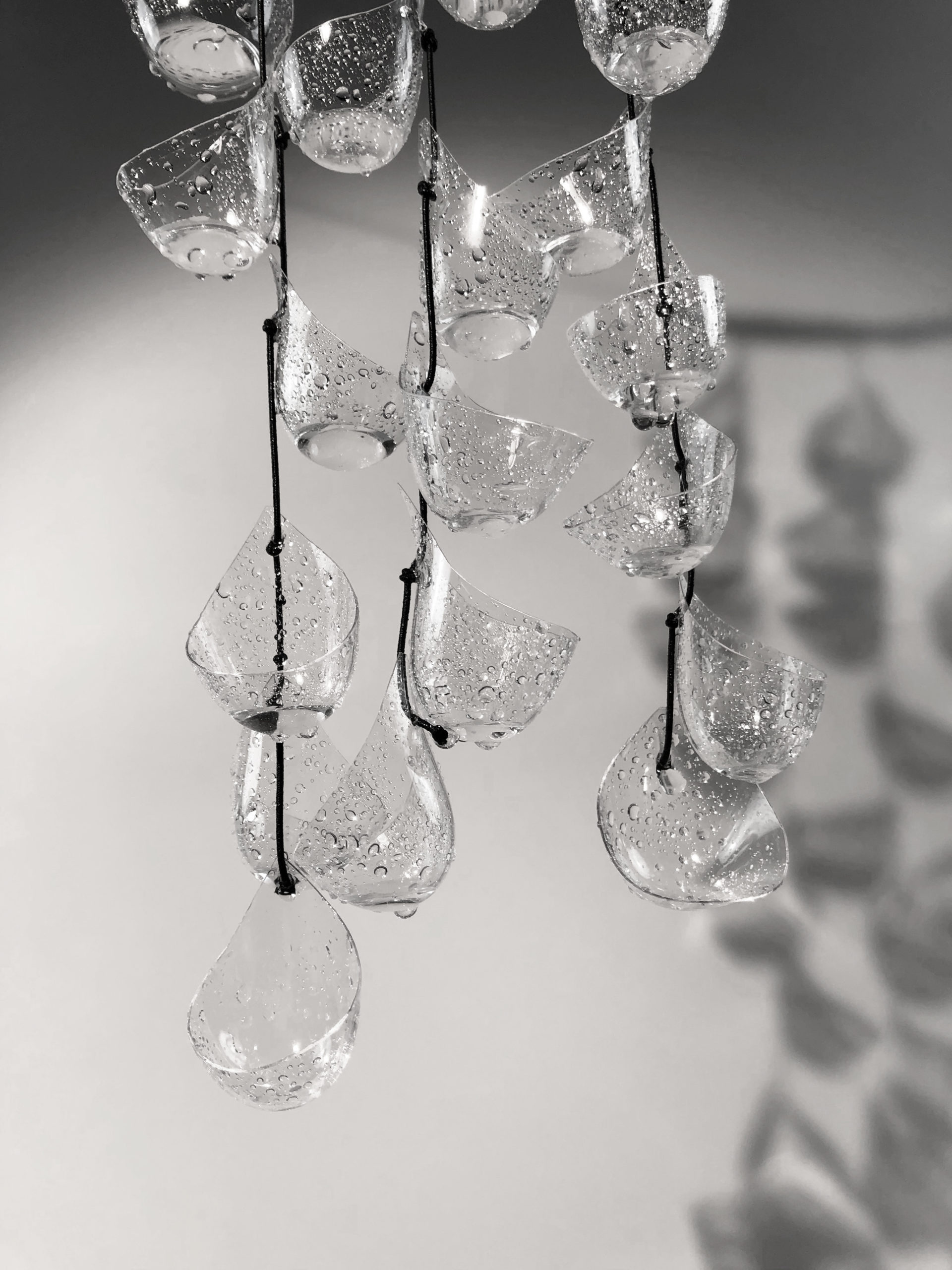
To explore the strategy of a transformable design I started looking into different types of flexible structures. The main idea is to have a flexible and elastic grid that can easily adjust to the context.
I wanted the net to move and transform with the rain, to define the space underneath when raining. This reflects back on the strategy of exposure and enclosure. By collecting the rain on some parts of the elastic roof, it can drop down and define a space that was not there before. This idea gives an enclosed space during rainfall, that is exposed otherwise.
When the mesh-roof lets the rain fall through, the visitors can interact with it. The concentrated rainfall under the pavilion provides different spatiality that allows the visitors to get closer to rain and interact with it from a protected position.
NET ELASTICITY

With this model you can see the relation between net elasticity and the amount of water needed for the net to start reacting and dropping down. To be able to control the shape of the arch different types of weight was used. Through this experiment concluded that using different weights that decreases further out gives the best looking arch in the net.
MOVEMENT AND SPATIALITY
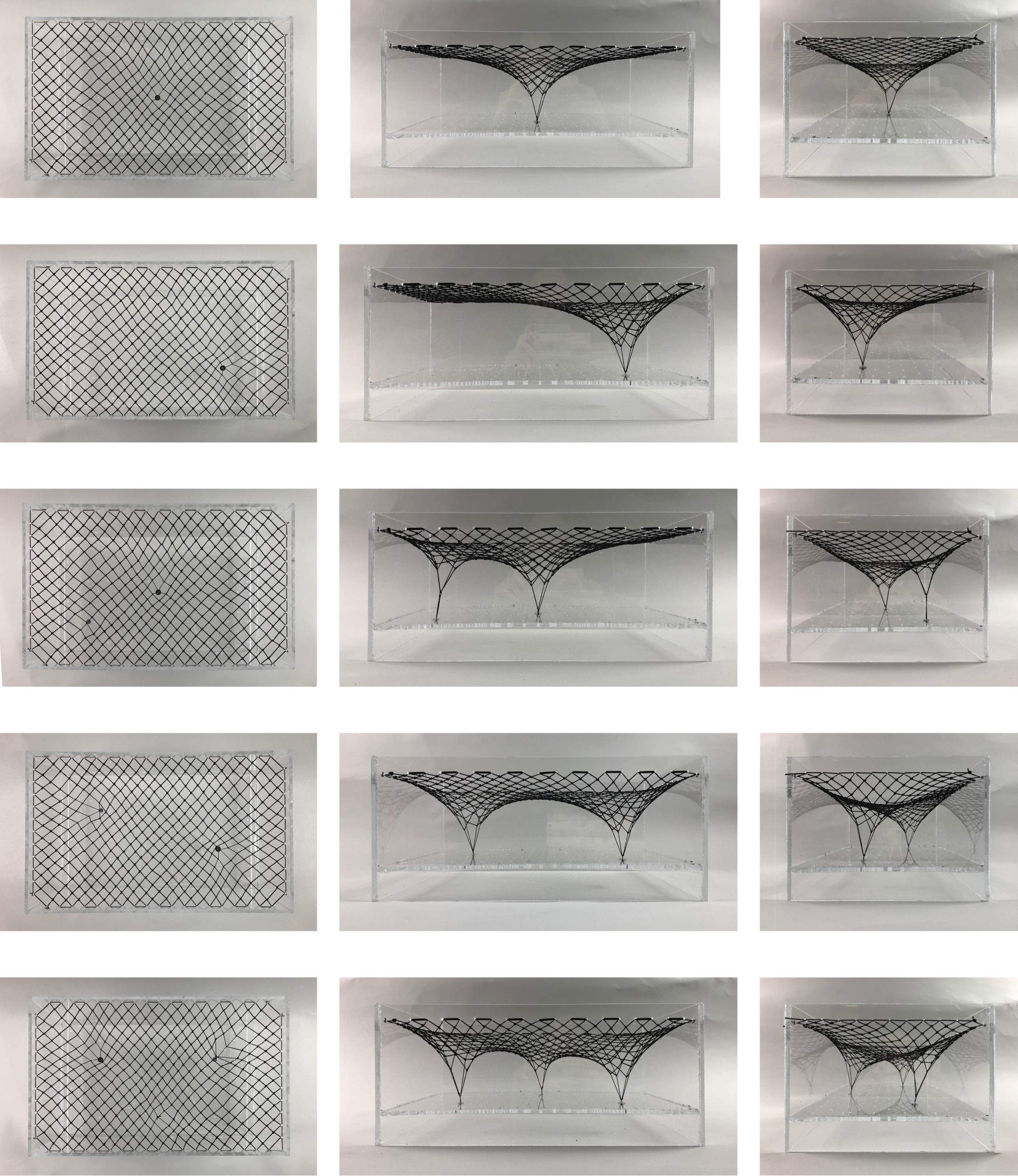
With this model I wanted to experiment with the movement and the atmosphere that is created when the mesh drops down in different anchor points. One anchor point in the middle divides the movement and gives a central core. Two anchor points across from each other gives a more s-shape movement, creating a one direction path. Three anchor point gives a dynamic atmosphere and allows a lot of movement options. The spatiality that the anchor points create is taken under consideration when designing the pavilions.
DROPLET DESIGN
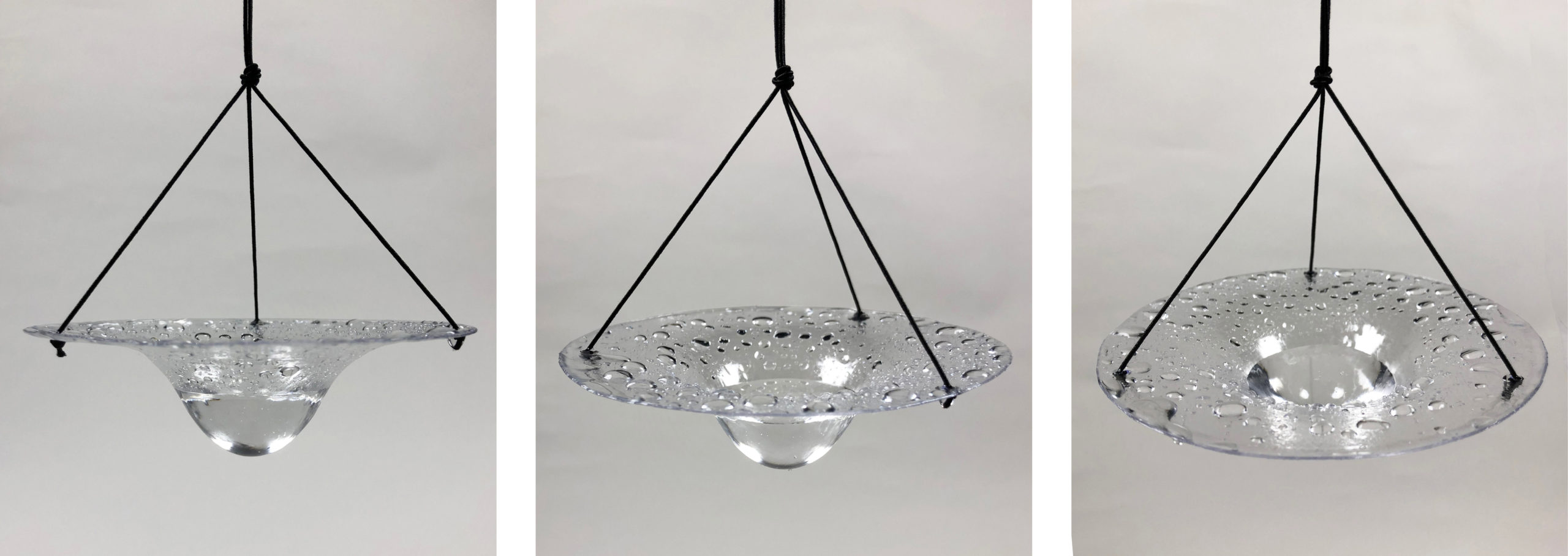
By guiding and channelling the rain water on the droplets you can define the space further. The top surface of the droplets is slightly curved down which guides the rain and pours it down on the droplet underneath. Depending on where the droplet is hanging, the surface is curved down towards the anchor point. This creates a fountain effect where the rainwater steps down and gets more concentrated where the anchor point is.
In the curve development experiment I noticed that the weight needs to hang from the knots or where the net crosses for the arch to shape best. The design of the droplets is therefore dependent on this. The droplets need a handle to hang from and then a wider surface to collect water from which gives it this kind of form.

Since the weight needs to be distributed and reduced, I am using five different sizes for the droplets. The further out from the anchor point the smaller the size of the droplets get. It is important to have a heavier weight at the anchor point to get the best arch shape. The smallest of the droplets are mostly there to guide the rain towards the anchor point.
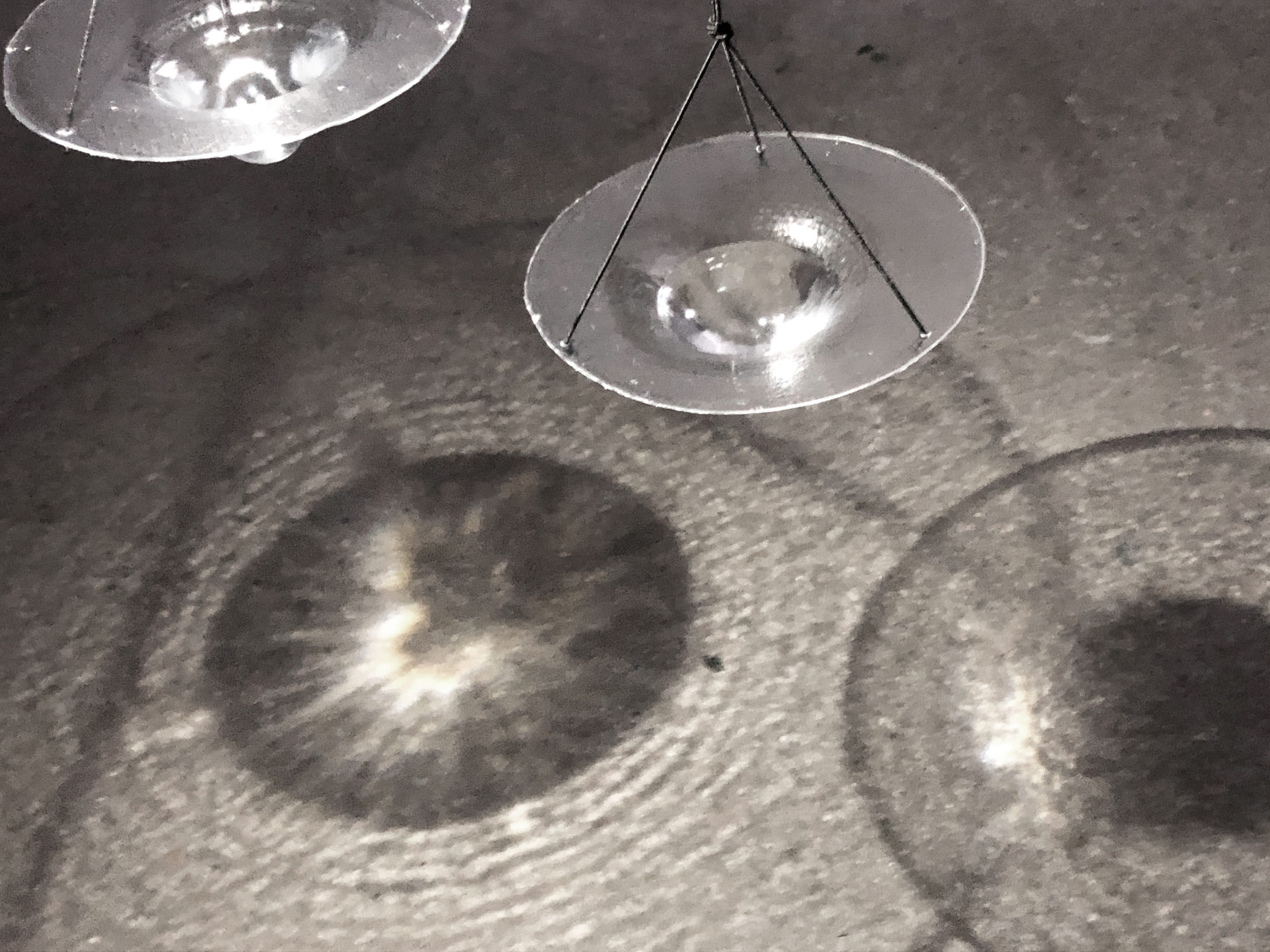
To be able to use the light to accentuate the rain I decided to use a transparent material for the droplets. With the caustic light effect in mind the shape of the droplets gives concentrated reflection creating a light show that reminds of the rain, even when the sun is out.
